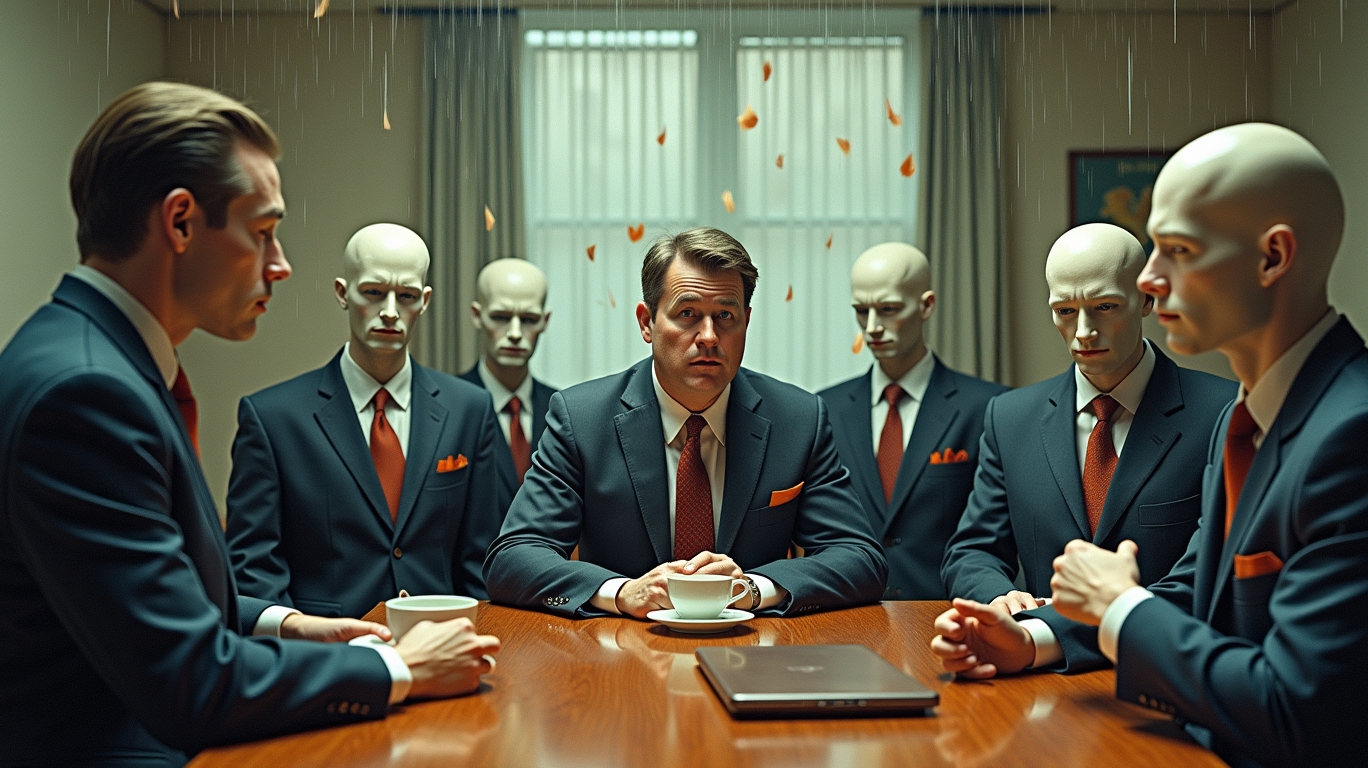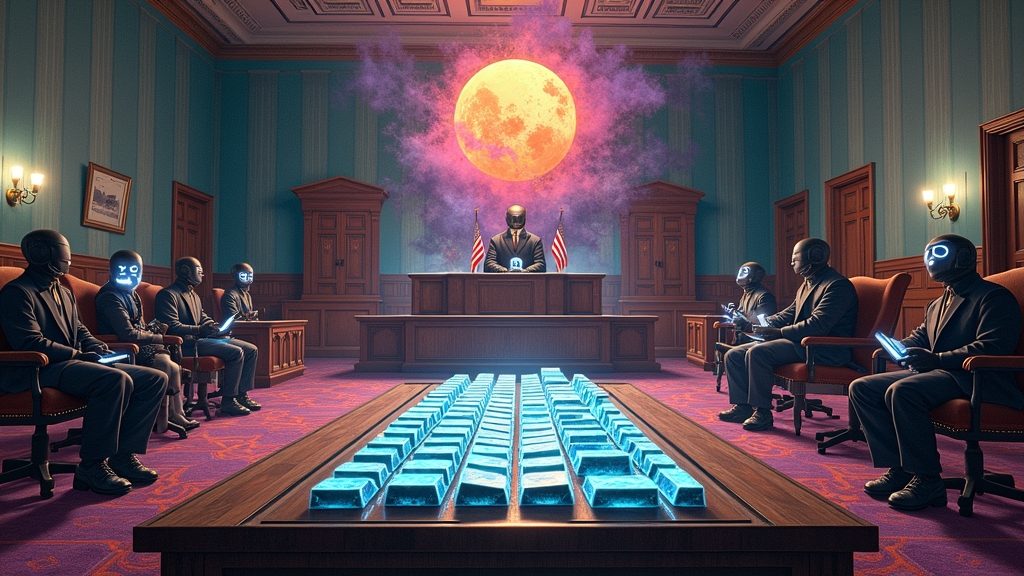MIYAZAKI’S GHOST SPOTTED WEEPING IN CONVENIENCE STORE AS AI ART GENERATOR CREATES “BETTER SPIRITED AWAY THAN THE ORIGINAL”
In a technological twist that has art lovers reaching for both their pitchforks and anxiety medication, OpenAI’s latest ChatGPT update now allows users to generate images that look suspiciously like famous artists’ work but with “absolutely zero of the human soul,” according to experts who still believe in that sort of thing.
COMPUTERS NOW MAKING ART, ARTISTS MAKING COFFEE
Local barista and former illustrator Jamie Cortez spent seven years perfecting her craft at art school only to discover that a computer algorithm can now replicate her style in 0.3 seconds while simultaneously filing her taxes and composing a sonnet. “This is fine,” Cortez whispered, hands trembling as she poured another heart-shaped latte design that will soon be her only creative outlet. “Everything is completely f@#king fine.”
The flood of AI-generated Miyazaki knockoffs has reached such epidemic proportions that Studio Ghibli representatives have reported the animator himself has taken to wearing a disguise in public to avoid being asked if he’s “the human version of that AI art style.”
“What people don’t understand is that when a machine creates ‘art,’ it’s essentially regurgitating a statistical average of human creativity without any of the messy psychological trauma that makes real art worth a damn,” explained Dr. Obvious Pointmaker, Professor of Digital Ethics at the University of Common Sense. “It’s like getting nutritional value from looking at pictures of food.”
DEMOCRACY DYING QUIETLY IN CORNER WHILE EVERYONE ADMIRES PRETTY ROBOT PICTURES
Studies show that approximately 97.3% of people viewing AI-generated art experience what scientists are calling “the uncanny hollow,” a sensation similar to finding out your spouse of twenty years has secretly been three raccoons in a trenchcoat.
“There’s something fundamentally disturbing about art created by entities that cannot suffer,” said cultural anthropologist Professor Ima Concerned. “Human connections have already been decimated by smartphones, social media, and those weird little electric scooters everyone keeps falling off of. Now we’re removing the last bastion of authentic human expression: badly drawn fan art that someone spent 47 emotional hours creating.”
OpenAI CEO Sam Altman has dismissed concerns, reportedly stating in a recent interview, “People also complained when cameras were invented, claiming photography would kill painting. And they were absolutely right! When’s the last time YOU bought an oil portrait of yourself? Checkmate, humans.”
ARTISTS CONSIDER NEW CAREER PATHS AS PROFESSIONAL INSPIRATION FOR ALGORITHMS
In what industry analysts are calling “the most depressing pivot since journalists became content creators,” artists worldwide are now considering their value primarily as training data for the very systems replacing them.
Local novelist Terry Williams, who spent twelve years writing his debut novel, watched in horror as ChatGPT produced 8,000 books in the exact same style overnight. “I’ve decided to become a prompt engineer,” Williams said, staring blankly into the middle distance. “Apparently my entire creative identity can be distilled into ‘write like Terry Williams but with more dinosaurs.'”
Meanwhile, tech enthusiasts remain baffled by the resistance. “I don’t get what artists are so upset about,” said Chad Technobro, a 22-year-old computer science major who has a poster of Elon Musk above his bed. “I just had AI generate 400 perfect Miyazaki images featuring Shrek characters in post-apocalyptic settings. If that’s not the pinnacle of human achievement, I don’t know what is.”
In perhaps the most telling development, a recent gallery showing of AI-generated artwork alongside human creations left visitors completely unable to tell the difference, primarily because everyone was too busy looking at their phones.
As of press time, the last human artist on Earth was reportedly considering switching to interpretive dance, only to discover that Boston Dynamics robots can now pirouette with the grace of Baryshnikov while simultaneously calculating pi to its billionth digit.




